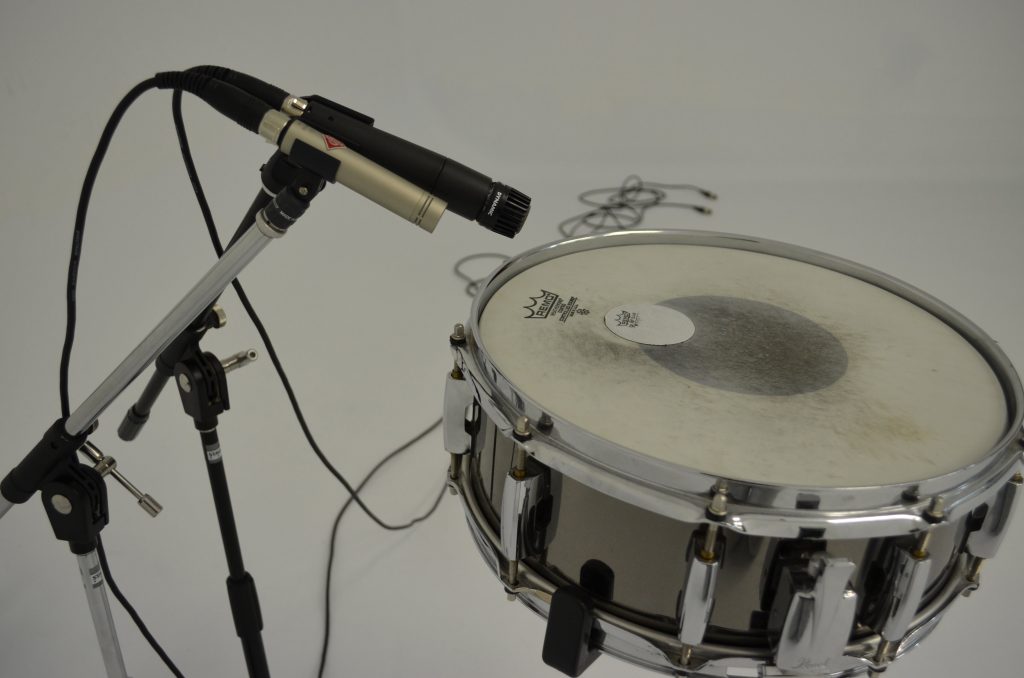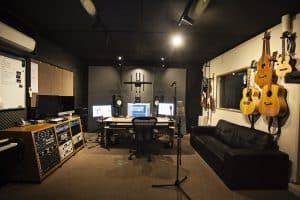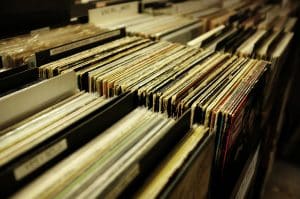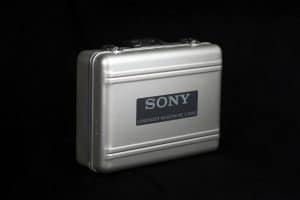Cumbia music
Cumbia is an important and widespread style of Latin American music. The classic beat of cumbia appears from Chile to Colombia to the United States and further. The musical patterns and rhythms trace back to one particular area: Pueblos beside the rivers of Colombia’s Rio Magdalena. African and local Indian music combine to create this new style. There are many such bands all around the world. Many local musicians in Australia require a Sydney recording studio to capture this unique music.
Cumbia music keeps evolving. Today, DJs and pop singers are dragging cumbia into the electronic music sphere. No matter how much it changes, it always returns to Colombia.
The origins of Cumbia Music
Because of the huge variance of influences and cultures in Latin America, it can be hazy to trace the roots of Cumbia Music. The African slaves that were transported to the south American colonies undoubtedly had the major influence. Loca Indian tribes also had input. Furthermore, the conquistadores with their Spanish forms of music also had input. All these styles are recorded in a good Sydney Voice over studio
An important text
Adolfo Gonzalez Henriquez wrote a very informative book on the topic: “La música del Caribe colombiano durante la guerra de independencia y comienzos de la República”. (Music of the Colombian Caribbean during the war of independence and the beginning of the Republic). In this work he includes a speech by General José Prudencio Padilla that discusses cumbiambas and indigenous gaitas during a festival in the nearby village of Arjona, a couple of days before a final battle. The battle was between the last conquistador resistance and the new republican army. This battle concluded the struggle for independence.
“It was a night without the moon, that of June 18, 1821; but the picturesque town of Arjona showed the purest serenity in the starry sky, and the cheerful bustle of gaitas and cumbiambas with which the indigenous people celebrated, sheltered from the republican arms, the approach of the festival of St. John…”
This text is also available on audio book recorded in a top quality voice over studio.
Other important clues
Most noteworthy, the famous teacher and musician Luis Antonio Escobar, in his work “Música en Cartagena de Indias” (Music in Cartagena de Indias) records a description of native dance.Luis witnessed the navy lieutenant Swedish Carl August Gosselman in Santa Marta, and recorded in his work “Viaje por Colombia: 1825 y 1826” (Journey through Colombia: 1825 and 1826). He sites this as evidence that by the second decade of the nineteenth century the gaita ensemble was active around Santa Marta. A similar type of dancing and music shows up in Cartagena and other cities with negro musical styles that developed into Cumbia:
“In the afternoon of the second day they were preparing a large indigenous dance in the village. The dance floor was the street, bounded by a narrow circle of spectators surrounding the orchestra and dancers.
His description of the band
The orchestra is really native and consists of a guy who plays a bamboo clarinet about four feet long. It is similar to a gaita, with five holes, through which escapes the sound. Similarly, another that plays a similar instrument, with four holes. He holds this with his right hand. In the left hand he holds a small pumpkin full of pebbles, a maraca, that sets the pace. Rhythms stand out even more with a large drum made in a fire-hollowed trunk. On top of this there is a stretched hide, where the third virtuoso hits the flat side of his fingers.
To the constant and monotonous sounds that I have described already join the observers, who with their singing and clapping form one of the most horrible choirs that can be heard. Then all pair up and start dancing.
This was an imitation of Spanish fandango, although it seemed to be more like a parody. It had every sensual detail from the Spanish dance but without any of its beautiful steps and movements, that make it so famous and popular.”
— Carl August Gosselman (1801-1843), Viaje por Colombia: 1825 y 1826
A revealing river cruise
José María Samper travelling on the Magdalena River in 1879, describes the basic elements of dance and music on the river. Cumbia identifies among these.
“A wide space, perfectly clean, surrounded by barracks, barbecues used to dry fish, tall coconut trees and various bushes. A large bonfire fed with dry palms, around it the circle of dancers hopped. Another circle of spectators, dancers at their own turns, much larger, close to eight meters away closing the greater circle. There, men and women, old and young were confused, and at one point of that second circle was the tremendous orchestra. Eight couples danced to the beat of that loud, monotonous, incessant son of the gaita. A small flute of very high pitch and with only seven holes). The tamboril, conical instrument like a sugar loaf, very narrow. This produces a deep sound like the echo of a hill and is played with bare hands by continuous drumbeats.
Strange instruments
The carraca (a chonta reed, corrugated transversely and whose noise is produced by rubbing a small thin bone).The triangle of iron, which is known, and the chucho or alfandoque. A cylindrical and hollow reed, filled with beads that are shaken by the jolts of the artist, it produces a dull and rough sound similar to the dash of a waterfall). They were oddly mixed in the concert. Those instruments were rather fancy, because the pure currulao knows nothing more than the gaita, the tamboril and the curruspa. The eight couples, formed as squadron in column, were turning around the bonfire, hand in hand, man and woman. Hatless, carrying two burning candles each on the other hand. Following all the rhythm with their feet, arms and whole body, with movements of a voluptuousness… “
With these roots cumbia continued to evolve right up until the 20th century. Salsa, samba and various other Latin music styles had their influence In the 20th century also. Consequently cumbia is varied in all forms.
Cumbia instrumentation
A typical cumbia band consists of the following instruments:
Cumbia music plays with a modern set of instruments such as Bass, Drums, Piano and Guitar. Older instruments used: The calling drum, merry drum and bass drums which each have their own rhythmic role. Furthermore, the wind instruments (Gaitas, flautas de Millo). These provide melody and counter melody. All microphone techniques differ for each instrument depending on which Sydney Recording studio you enter.
